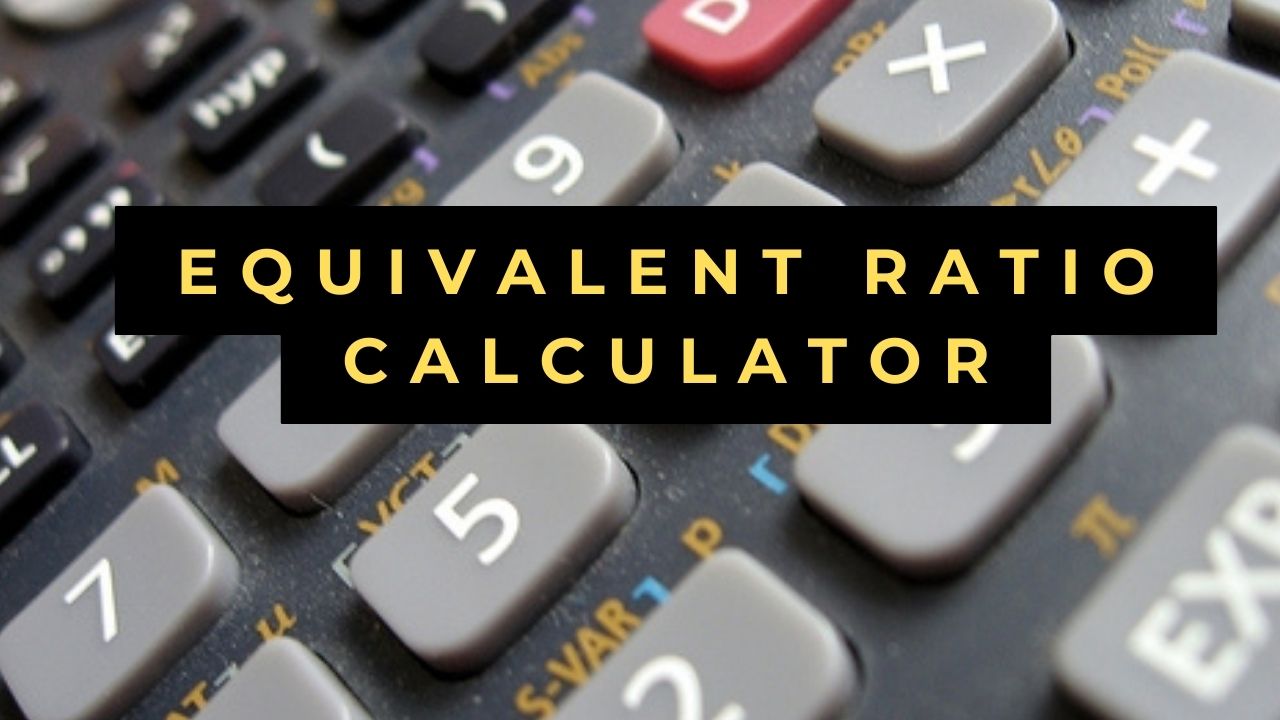Equivalent Ratio Calculator
- Equivalent Expressions Calculator
- Equation Of A Line From Two Points Calculator
- Equation Of A Circle Calculator
- Equality Of Matrices Calculator
Equivalent Ratio Calculator with Steps
Quickly determine equivalent ratios using the Equivalent Ratio Calculator. Learn how to input ratios, interpret results, and address common queries regarding equivalent ratios. Simplify your calculations today!
Table of Contents
Equivalent Ratio Calculator
Welcome to our Equivalent Ratio Calculator guide. Equivalent ratios represent the same relationship between quantities but are expressed in different numerical values. In this article, we’ll explore how to use the Equivalent Ratio Calculator to determine equivalent ratios, understand their significance, and address common questions to enhance your understanding.
Equivalent Ratio Calculator Overview
Understanding Equivalent Ratios
Equivalent ratios are ratios that express the same comparison between quantities but may have different numerical values. For example, 1221 and 2442 are equivalent ratios because they both represent the ratio of 11 to 22.
Importance of Equivalent Ratios
Equivalent ratios are important for several reasons:
- Comparing Quantities: Allow for comparison of quantities in different contexts or units.
- Problem Solving: Simplify calculations and problem-solving by finding ratios in their simplest form.
- Proportional Relationships: Highlight proportional relationships between quantities.
How the Equivalent Ratio Calculator Works
Our Equivalent Ratio Calculator provides a user-friendly interface for determining equivalent ratios. You can input the original ratio, and the calculator will find equivalent ratios based on the provided ratio.
Step-by-Step Guide to Using the Calculator
- Enter Ratio: Input the original ratio into the calculator.
- Calculate: Click on the calculate button to find equivalent ratios.
- Interpret Results: Review the equivalent ratios provided by the calculator.
Practical Applications
Equivalent ratios have practical applications in various fields:
- Cooking: Adjusting ingredient quantities in recipes while maintaining proportions.
- Finance: Comparing financial ratios to analyze company performance.
- Education: Understanding proportions and ratios in mathematical problems and real-world scenarios.
Advantages of Using the Equivalent Ratio Calculator
- Accuracy: Provides accurate equivalent ratios based on the input ratio.
- Efficiency: Offers a quick and efficient method for finding equivalent ratios.
- Flexibility: Can handle a wide range of ratios and produce equivalent forms.
FAQs
Q: Can the Equivalent Ratio Calculator handle ratios with multiple terms?
A: The calculator is designed to handle ratios with two terms (e.g.,ba), but you can input multiple ratios separately for comparison.
Q: How does the calculator determine equivalent ratios?
A: The calculator finds equivalent ratios by simplifying the input ratio to its simplest form and then scaling it by common factors.
Q: Can I use the calculator for ratios involving fractions or decimals?
A: Yes, the calculator can handle ratios involving fractions or decimals and will provide equivalent ratios accordingly.
Q: Are there any restrictions on the types of ratios that can be input into the calculator?
A: The calculator can handle ratios representing any type of relationship between quantities, including those involving units, percentages, or fractions.
Q: How can I check if two ratios are equivalent without using the calculator?
A: To check if two ratios are equivalent, simplify both ratios to their simplest form and compare them.
Conclusion
In conclusion, the Equivalent Ratio Calculator is a valuable tool for determining equivalent ratios and understanding proportional relationships between quantities. By following the steps outlined in this guide and utilizing the calculator’s features, you can simplify your calculations and gain insight into the relationships between different quantities.

